As we gaze upward into the boundless expanse of the sky, we are greeted by an ever-changing tapestry of clouds, each a brushstroke in nature’s masterpiece. Among these ethereal creations lie the rarest of cloud formations, elusive marvels that grace the heavens with their fleeting presence. In this exploration of the 17 rarest cloud formations, we embark on a journey of wonder and discovery, delving into the mesmerizing beauty and intricate dynamics of these celestial spectacles.
Kelvin-Helmholtz Clouds
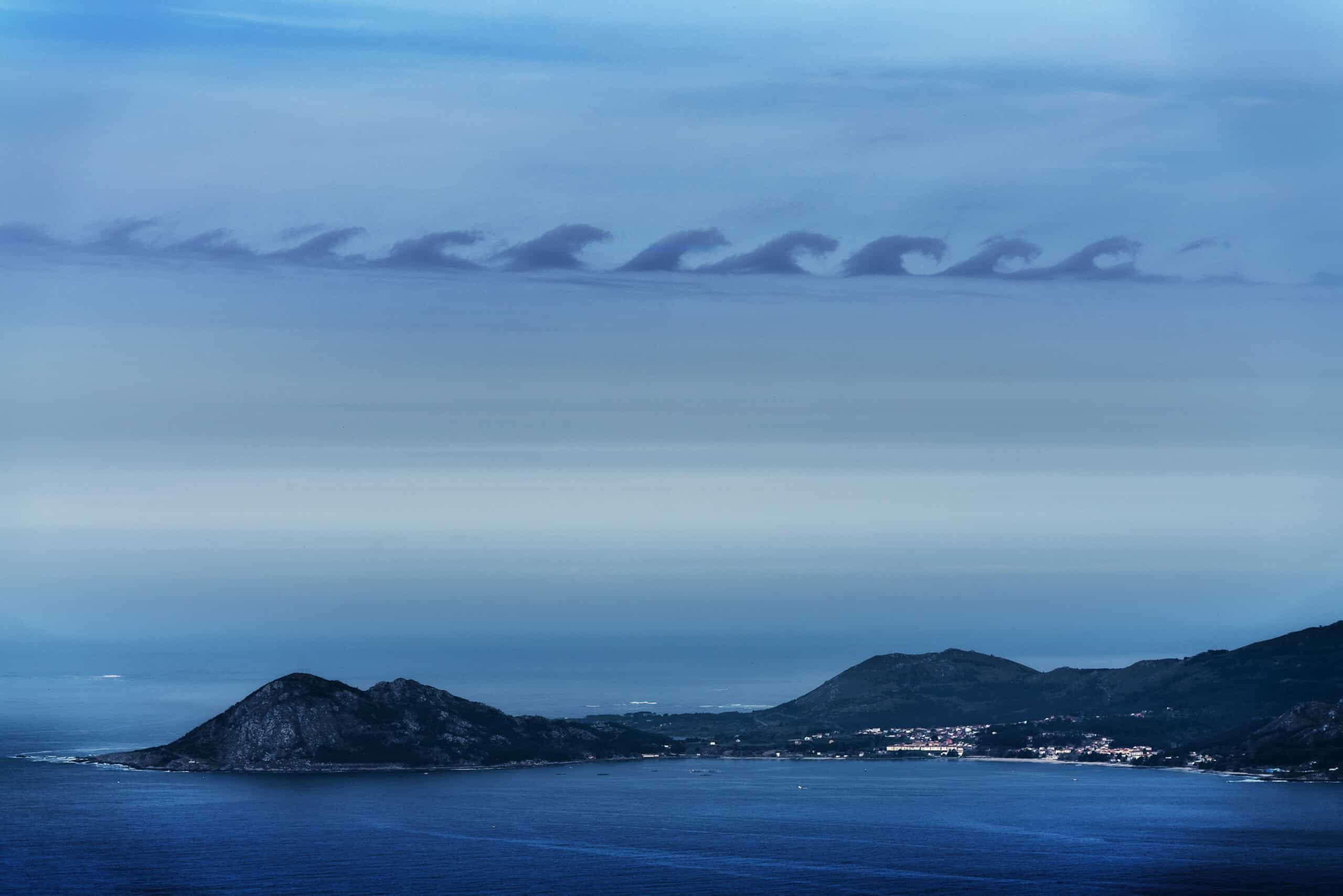
These rare wave-like clouds are characterized by their crest-like appearance, resembling ocean waves frozen in the sky. Formed when two layers of air move at different speeds and directions, they are a stunning example of fluid dynamics manifesting in the heavens.
Lenticular Clouds
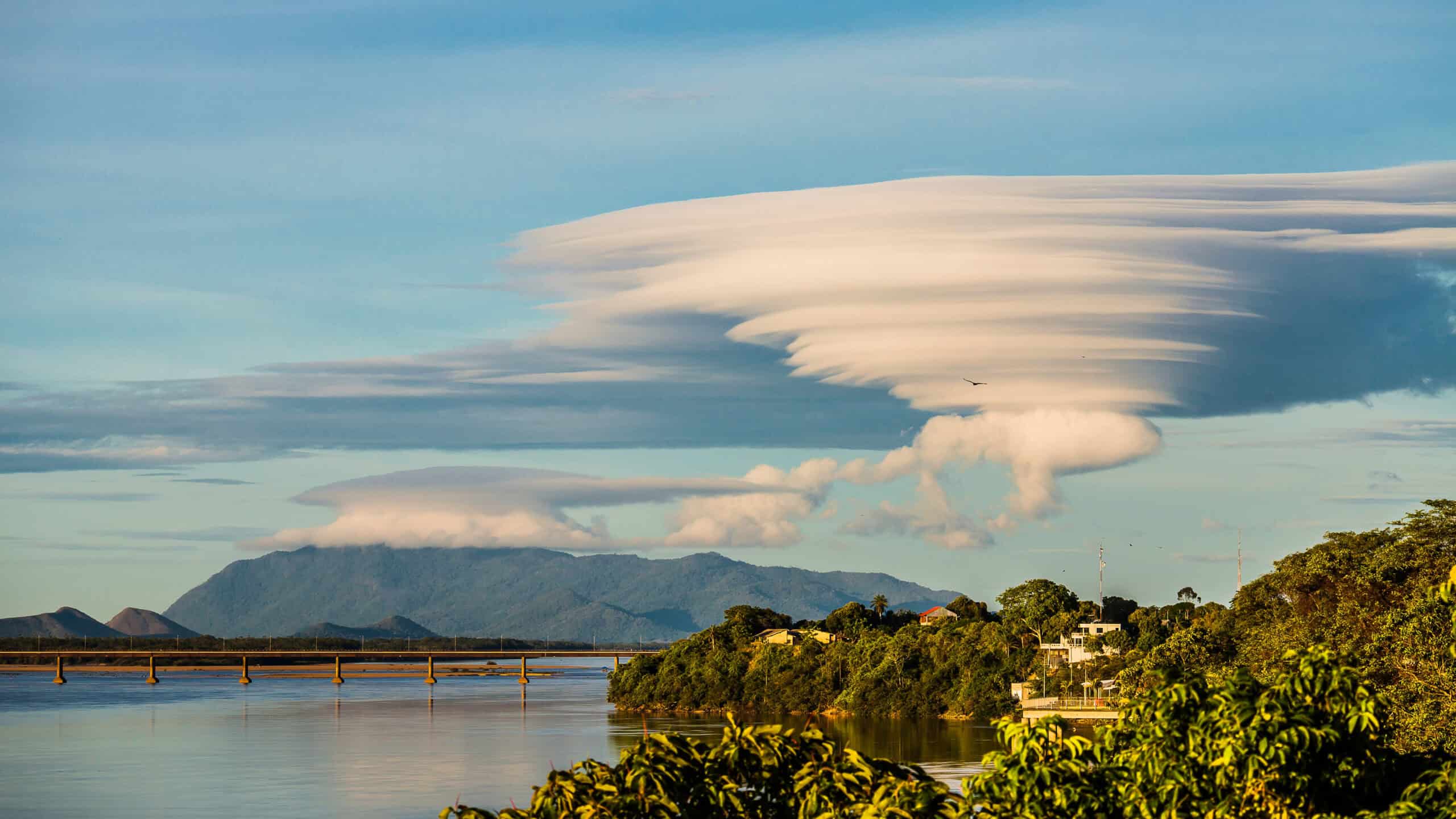
Often mistaken for UFOs due to their saucer-like shape, lenticular clouds form near mountains or hills. As moist air flows over obstacles, it creates standing waves, causing these lens-shaped clouds to form at the wave’s crests.
Mammatus Clouds
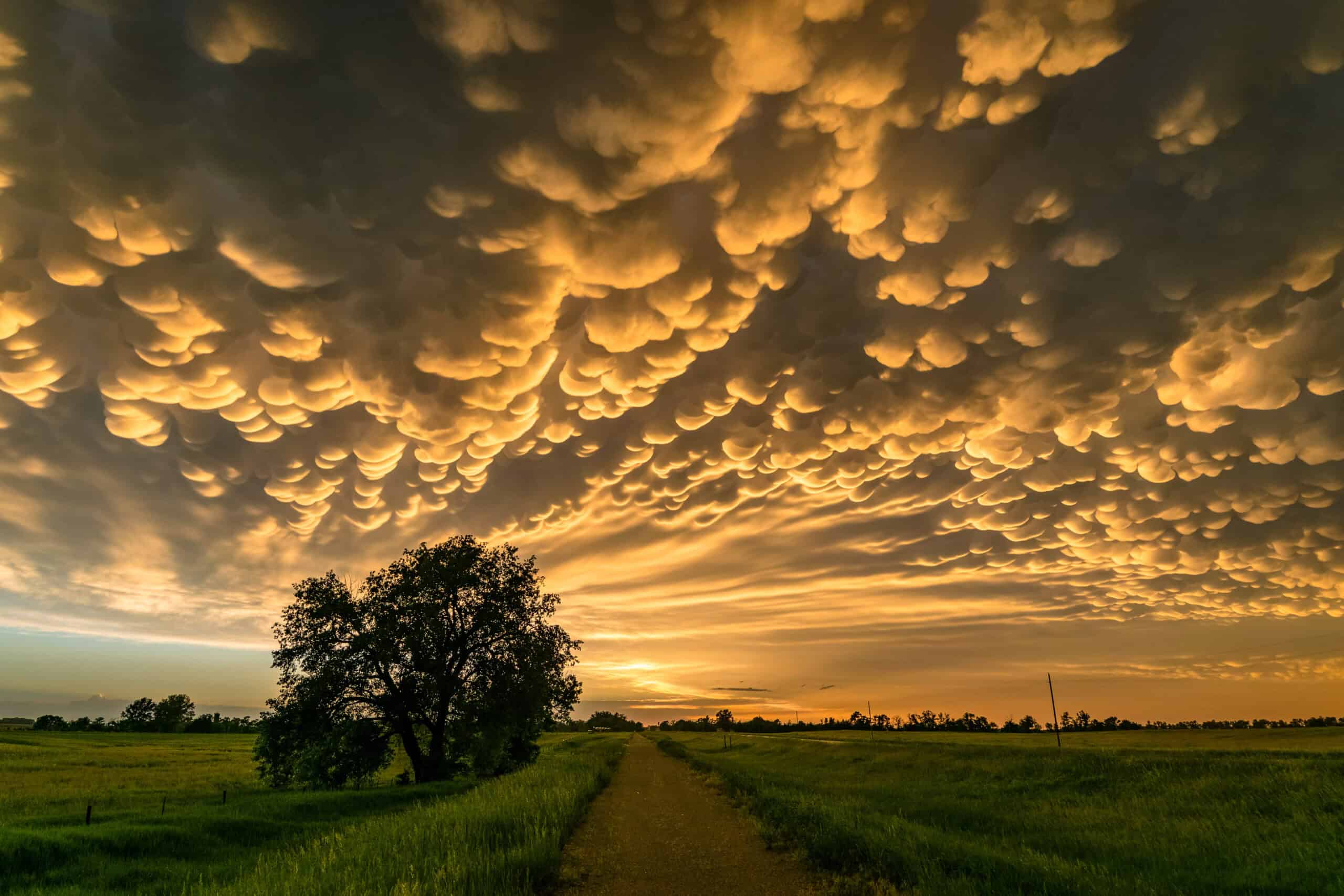
With their pouch-like structures hanging beneath the base of cumulonimbus clouds, mammatus clouds create an eerie yet captivating sight. They form due to sinking air pockets within the cloud, showcasing the dynamic nature of atmospheric phenomena.
Noctilucent Clouds
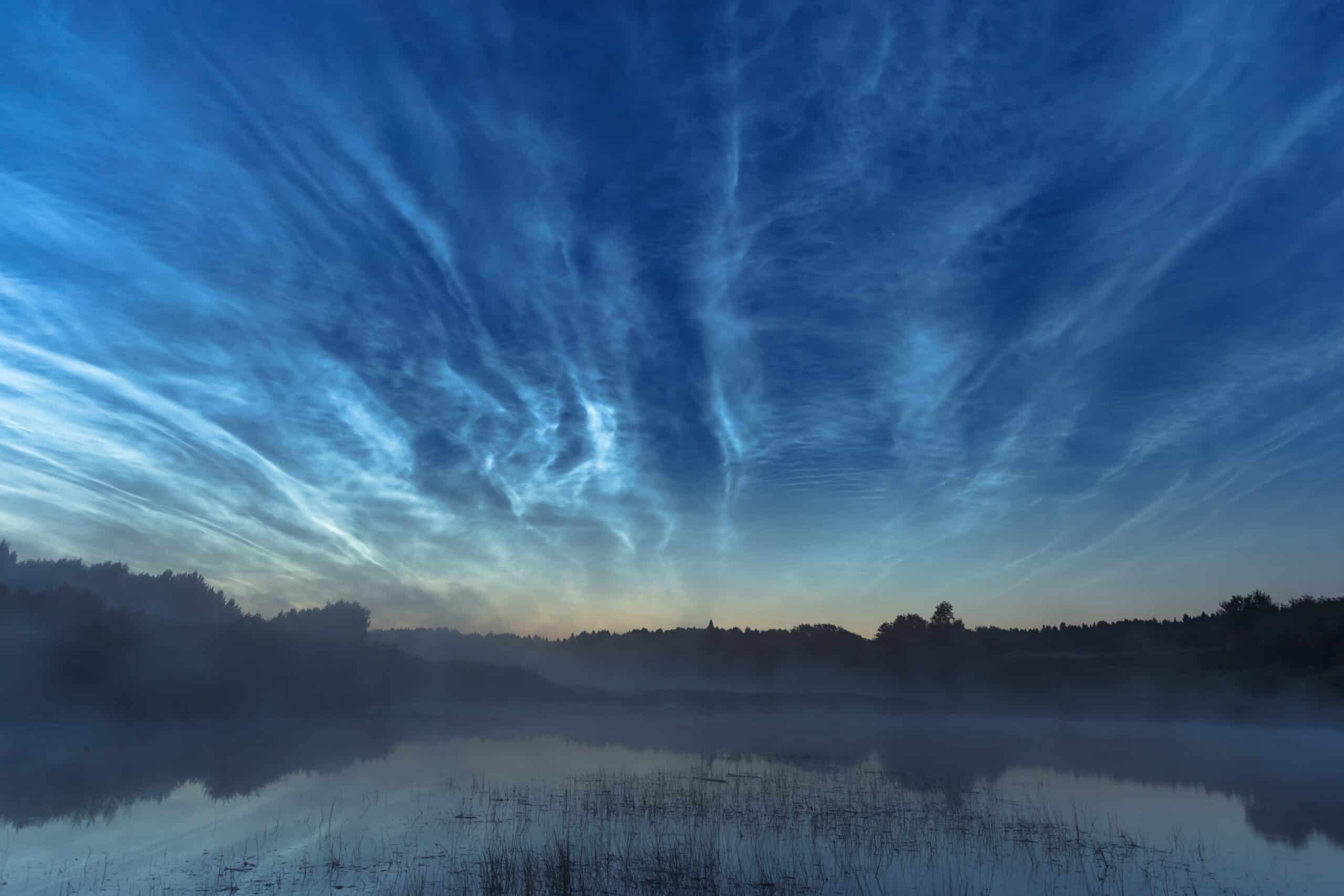
Glowing ethereally in the twilight sky, noctilucent clouds are the highest clouds in the atmosphere. Composed of ice crystals, they reflect sunlight long after sunset, creating a mesmerizing display of electric blue hues against the darkening sky.
Circumhorizontal Arcs
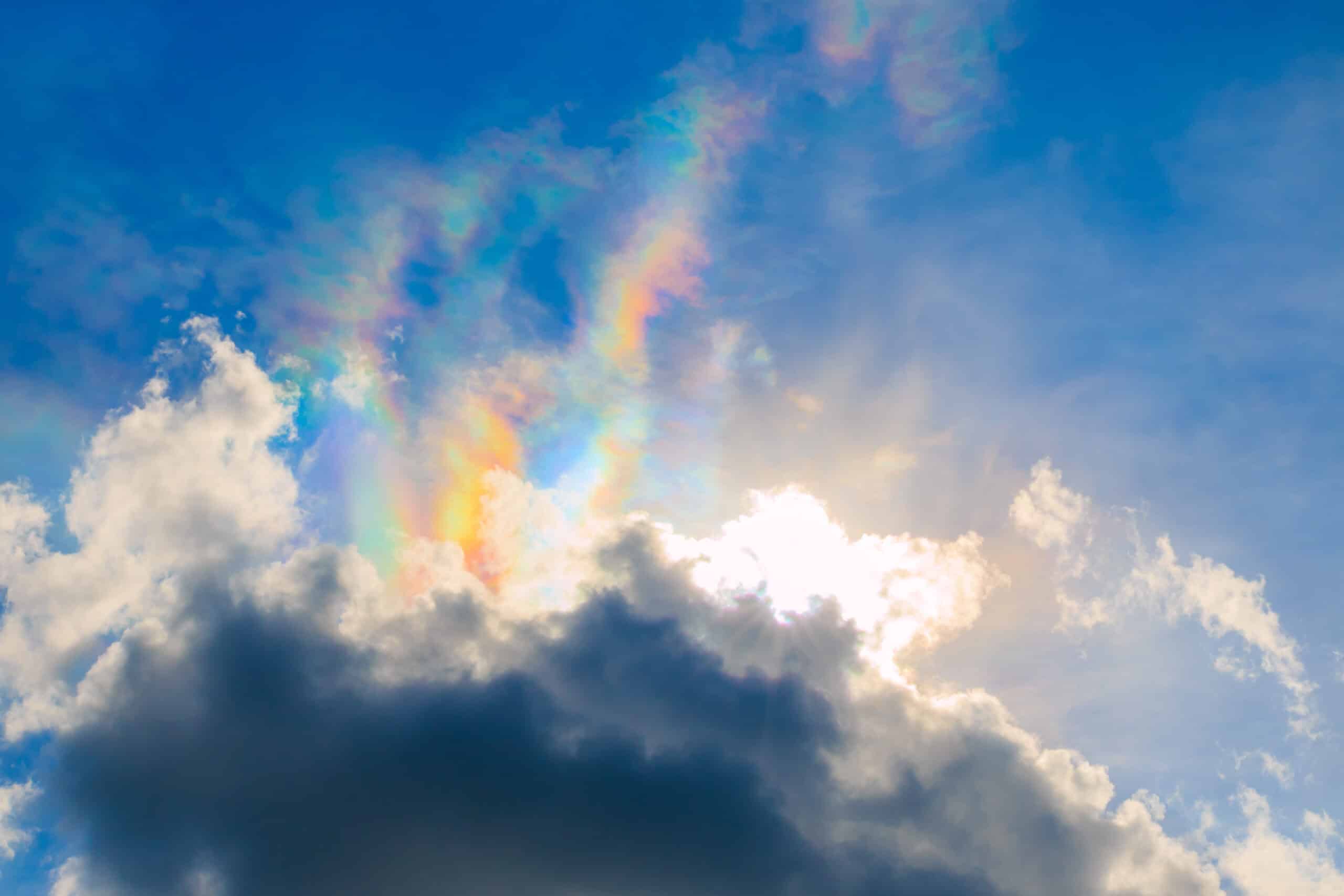
Also known as fire rainbows, these colorful arcs are not true rainbows but optical phenomena caused by ice crystals in cirrus clouds. They appear parallel to the horizon, creating a rainbow-like effect that is both rare and enchanting.
Undulatus Asperatus
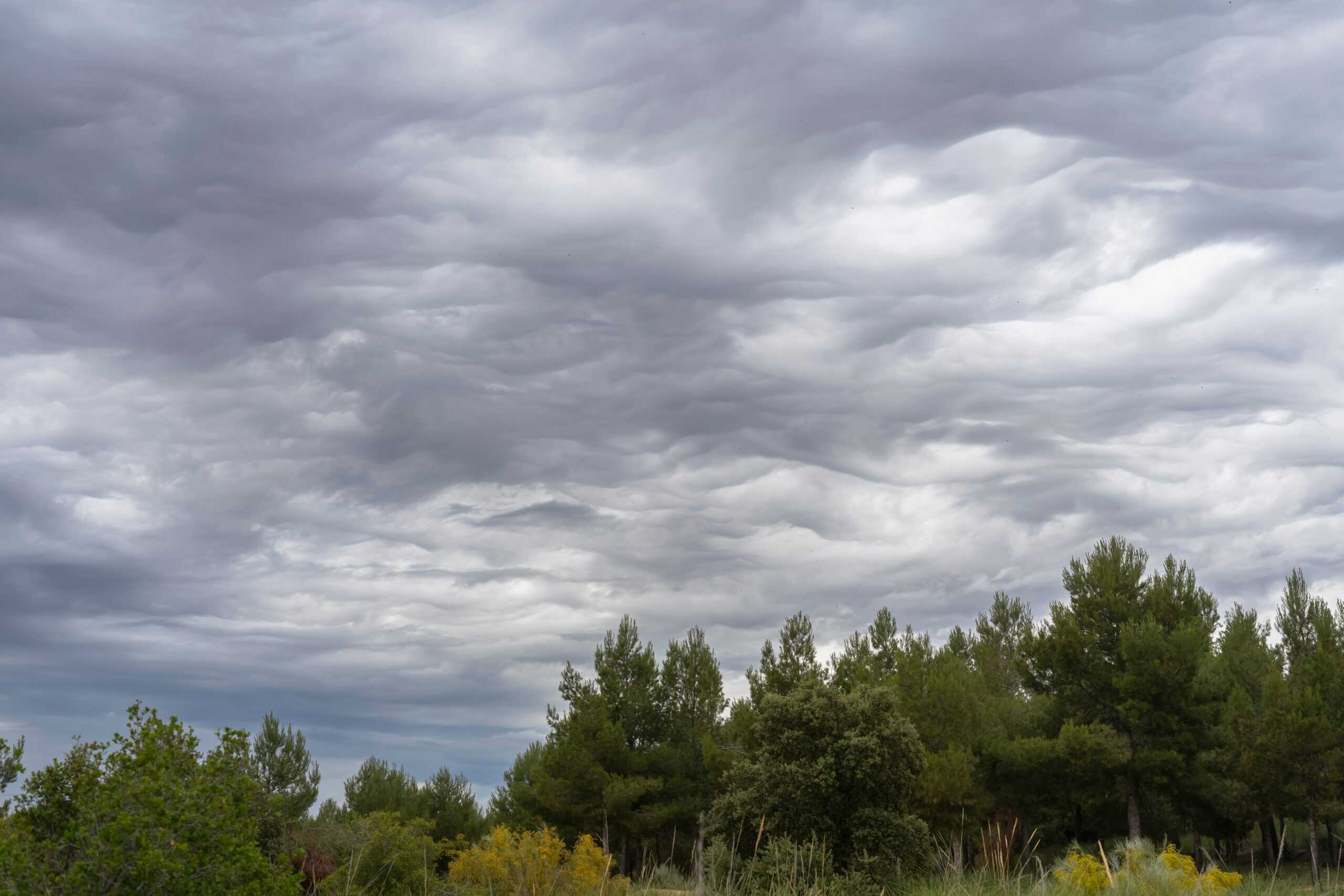
Resembling a turbulent sea in the sky, undulatus asperatus clouds are a relatively new classification. Their wavelike appearance, reminiscent of rolling ocean waves, adds a surreal and captivating element to the sky’s ever-changing canvas.
Morning Glory Clouds
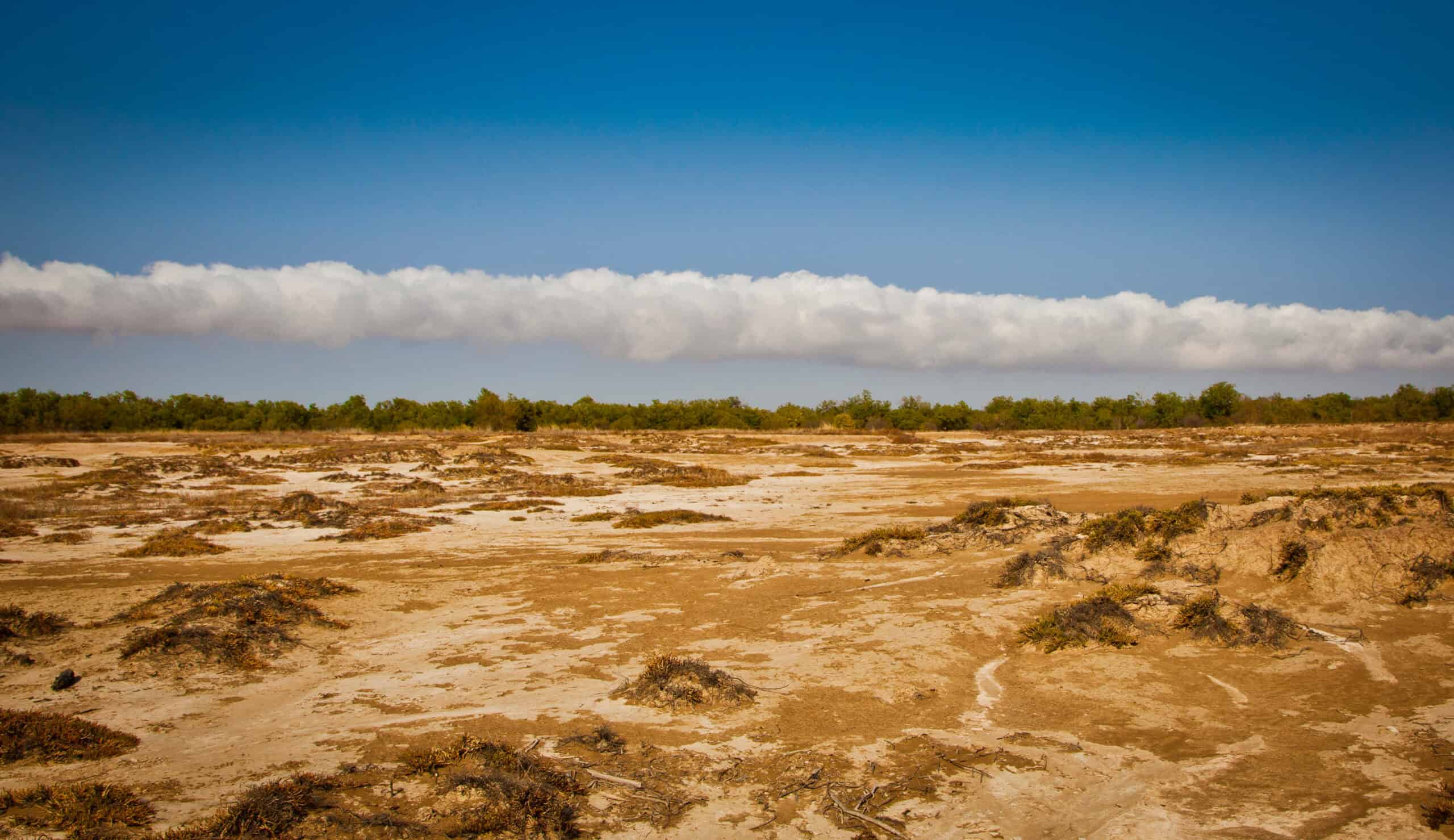
These long, tubular clouds are a rare meteorological phenomenon seen in specific locations like the Gulf of Carpentaria in Australia. They form due to a unique combination of atmospheric conditions and are often accompanied by intense winds and weather changes.
Cirrus Kelvin-Helmholtz Clouds
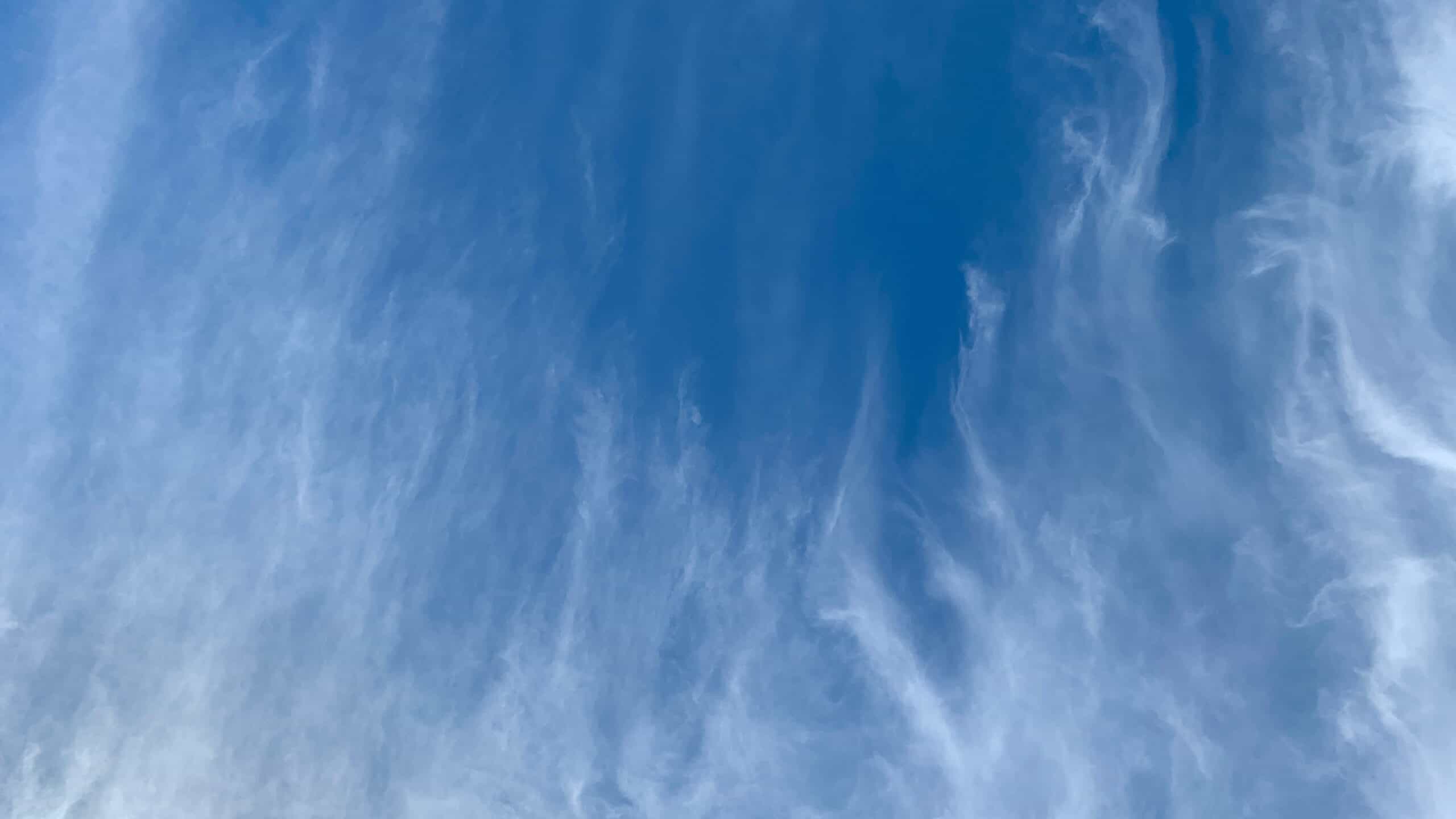
Combining the delicate wisps of cirrus clouds with the wave-like patterns of Kelvin-Helmholtz clouds, this rare formation is a stunning blend of two distinct cloud types. It showcases the complex interplay of air currents and atmospheric dynamics.
Contrail Shadows
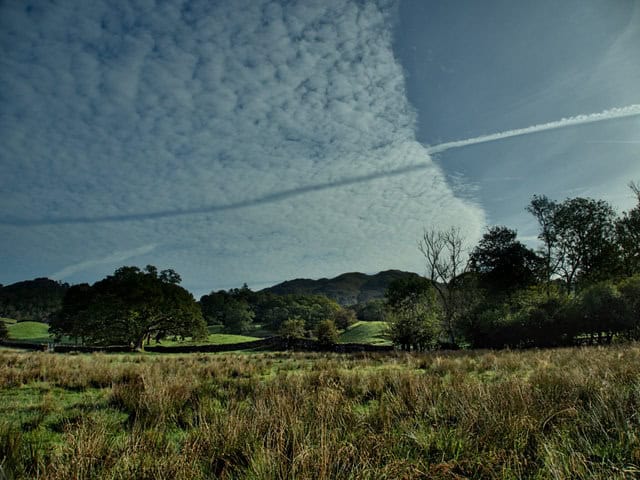
When aircraft contrails cast shadows on lower cloud layers, they create mesmerizing patterns known as contrail shadows. These fleeting yet captivating displays highlight the intersection of human activity and natural phenomena in the sky.
Brocken Spectre
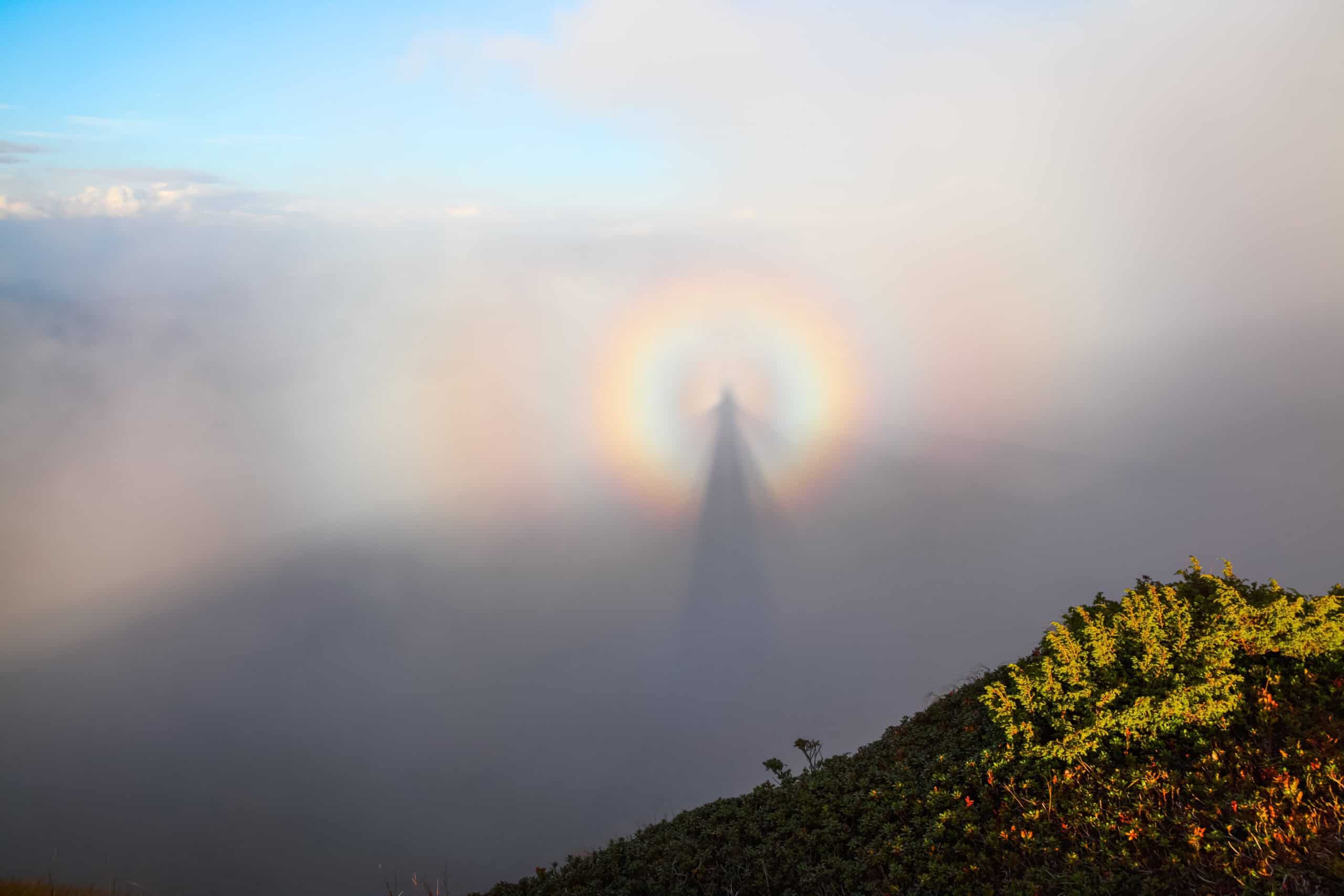
A mystical optical illusion, the Brocken spectre occurs when a person’s shadow is cast onto clouds or mist, creating a larger-than-life silhouette surrounded by a halo of light. This rare phenomenon is often seen in mountainous regions under specific lighting conditions.
Nacreous Clouds
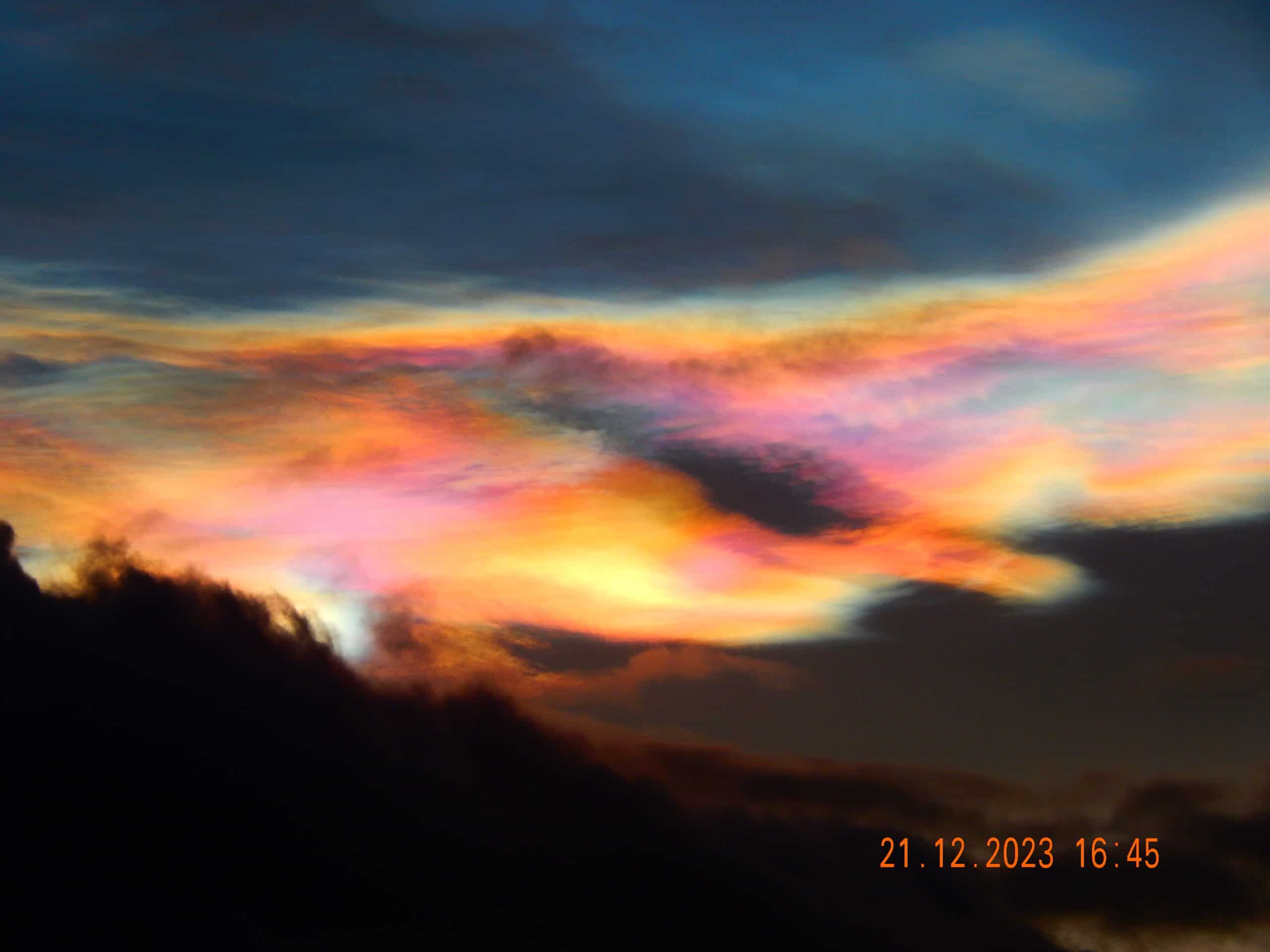
Also known as polar stratospheric clouds, nacreous clouds display vibrant iridescent colors high in the polar stratosphere. Composed of ice crystals, they create a surreal spectacle of rainbow hues against the backdrop of the icy polar skies.
Asperitas Clouds
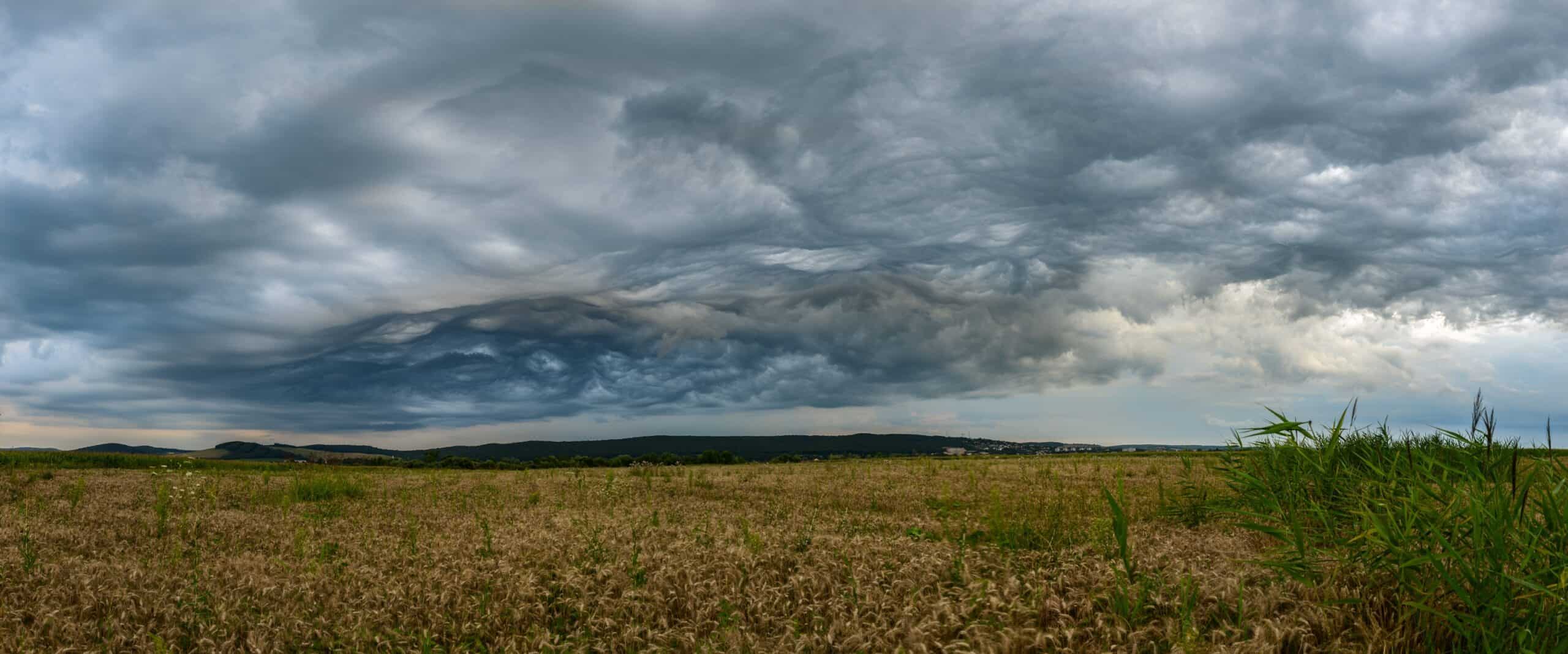
Added as a new cloud classification in 2017, asperitas clouds are characterized by their undulating and turbulent appearance. Resembling a sea of chaotic waves in the sky, they add a sense of drama and intrigue to the atmospheric panorama.
Kelvin-Helmholtz Cloud Wave
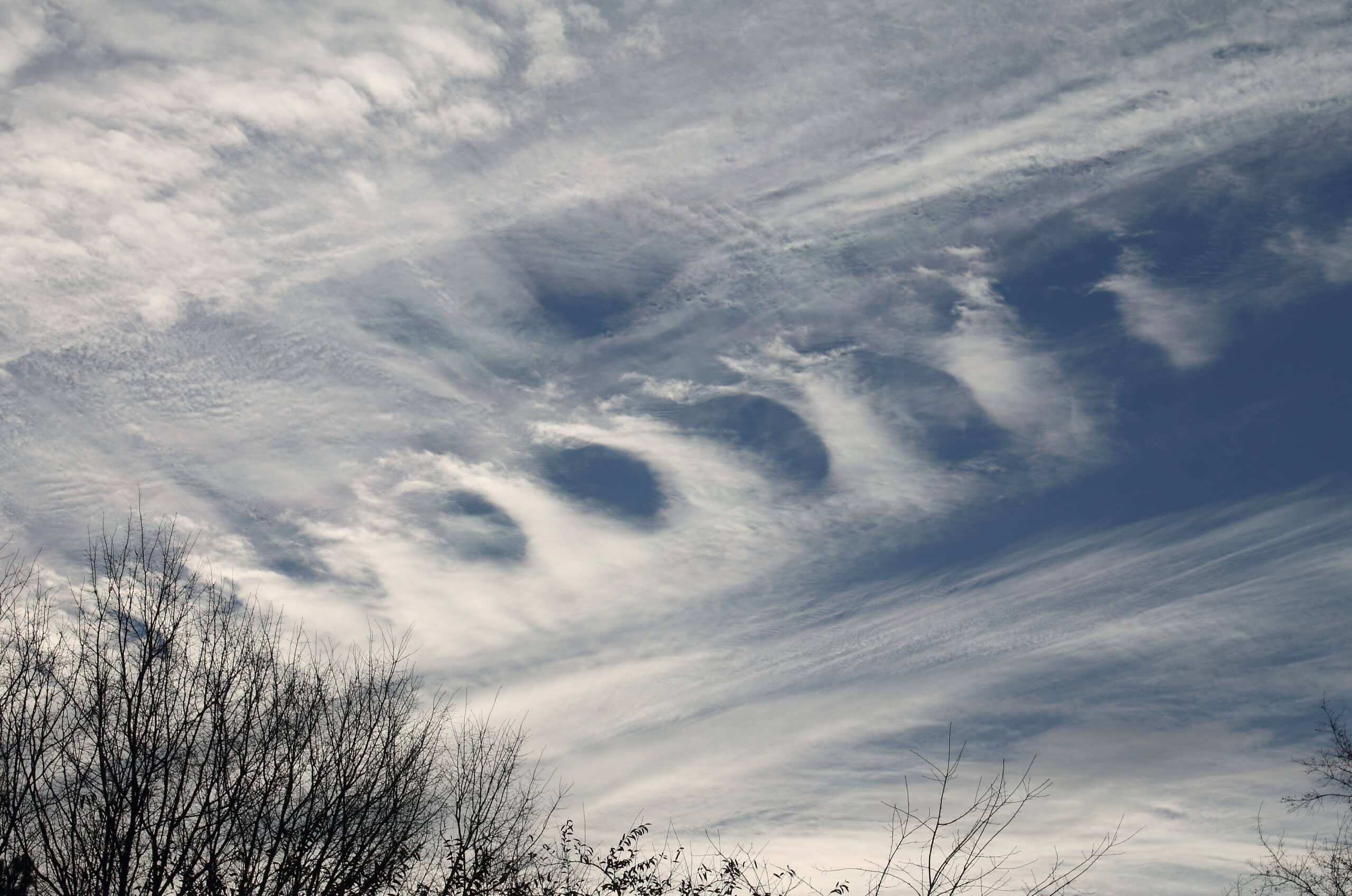
A variation of Kelvin-Helmholtz clouds, this formation showcases distinct wave-like patterns with well-defined crests and troughs. It is a testament to the intricate dynamics of fluid motion in the atmosphere.
Roll Clouds
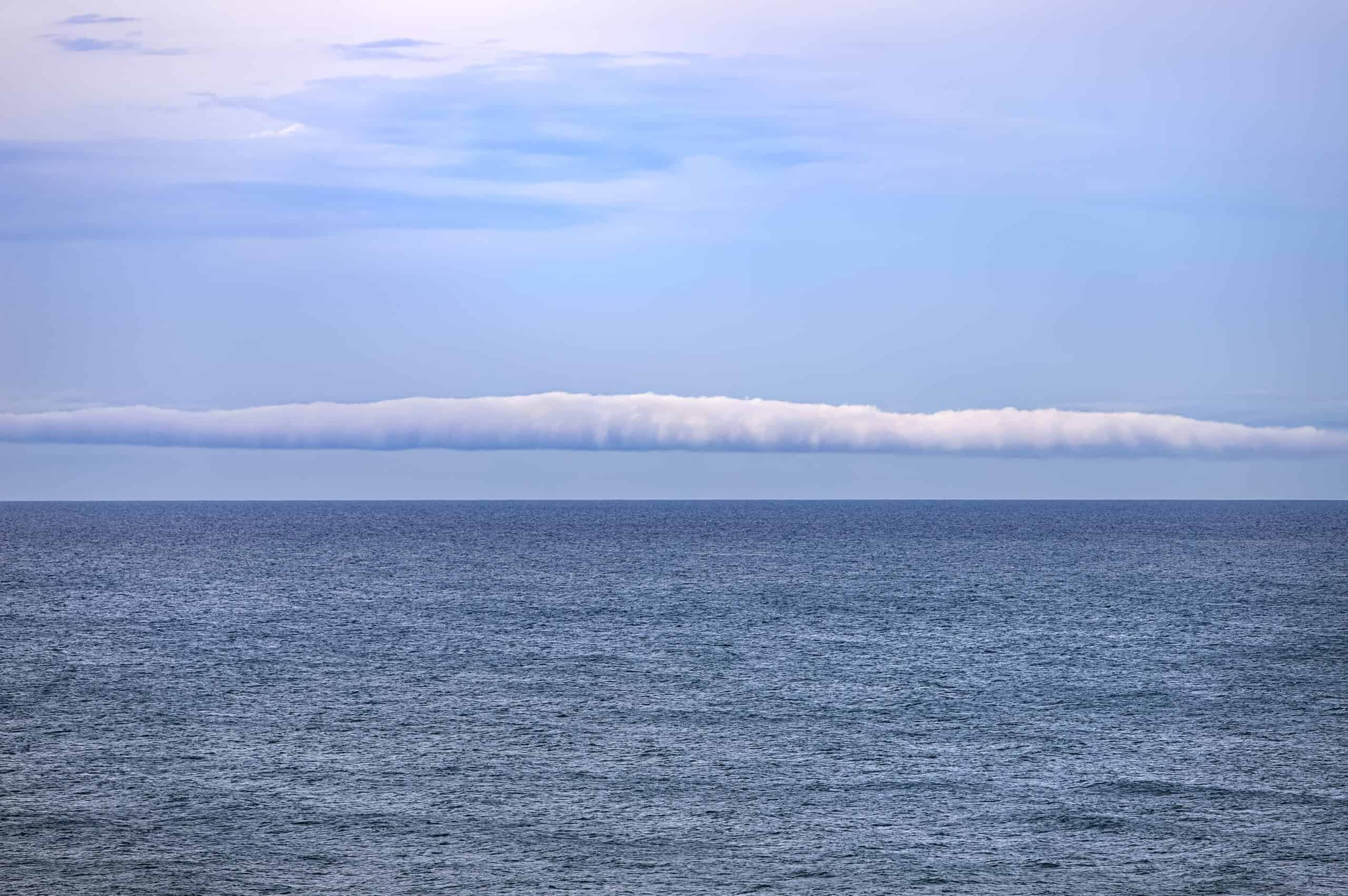
These rare cylindrical clouds often appear as long, horizontal tubes rolling across the sky. Formed by specific wind patterns and atmospheric conditions, they create a unique visual spectacle that draws awe and admiration.
Helix Clouds

With their spiral or helical shape, helix clouds are a rare yet captivating sight. Formed under specific conditions of wind shear and stability, they showcase the dynamic and complex nature of atmospheric fluid dynamics.
Flammagenitus Clouds
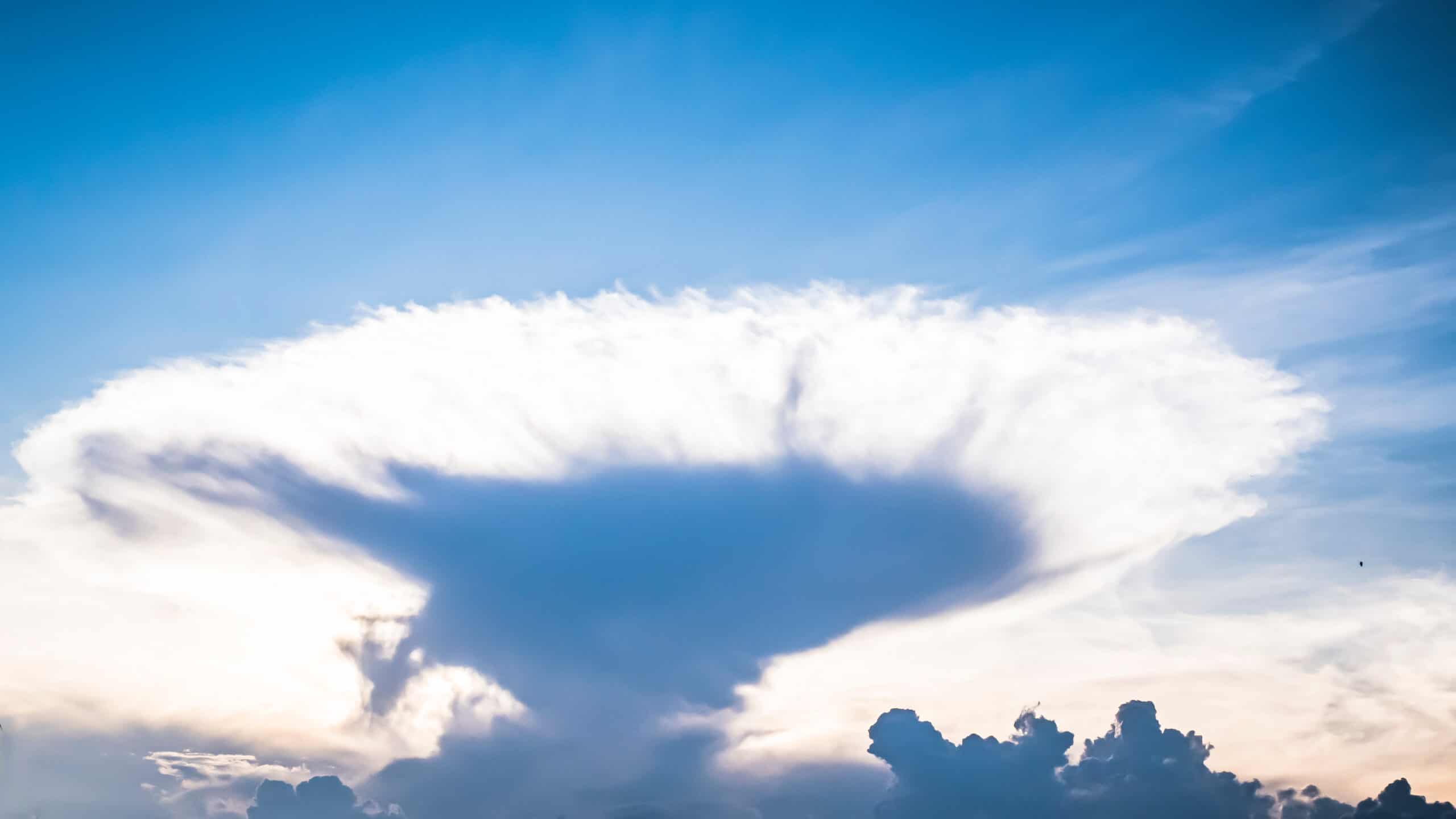
Also known as pyrocumulus or fire clouds, flammagenitus clouds form due to intense heat sources like wildfires or volcanic eruptions. Their billowing appearance and fiery hues make them a striking yet ominous presence in the sky.
Fallstreak Holes
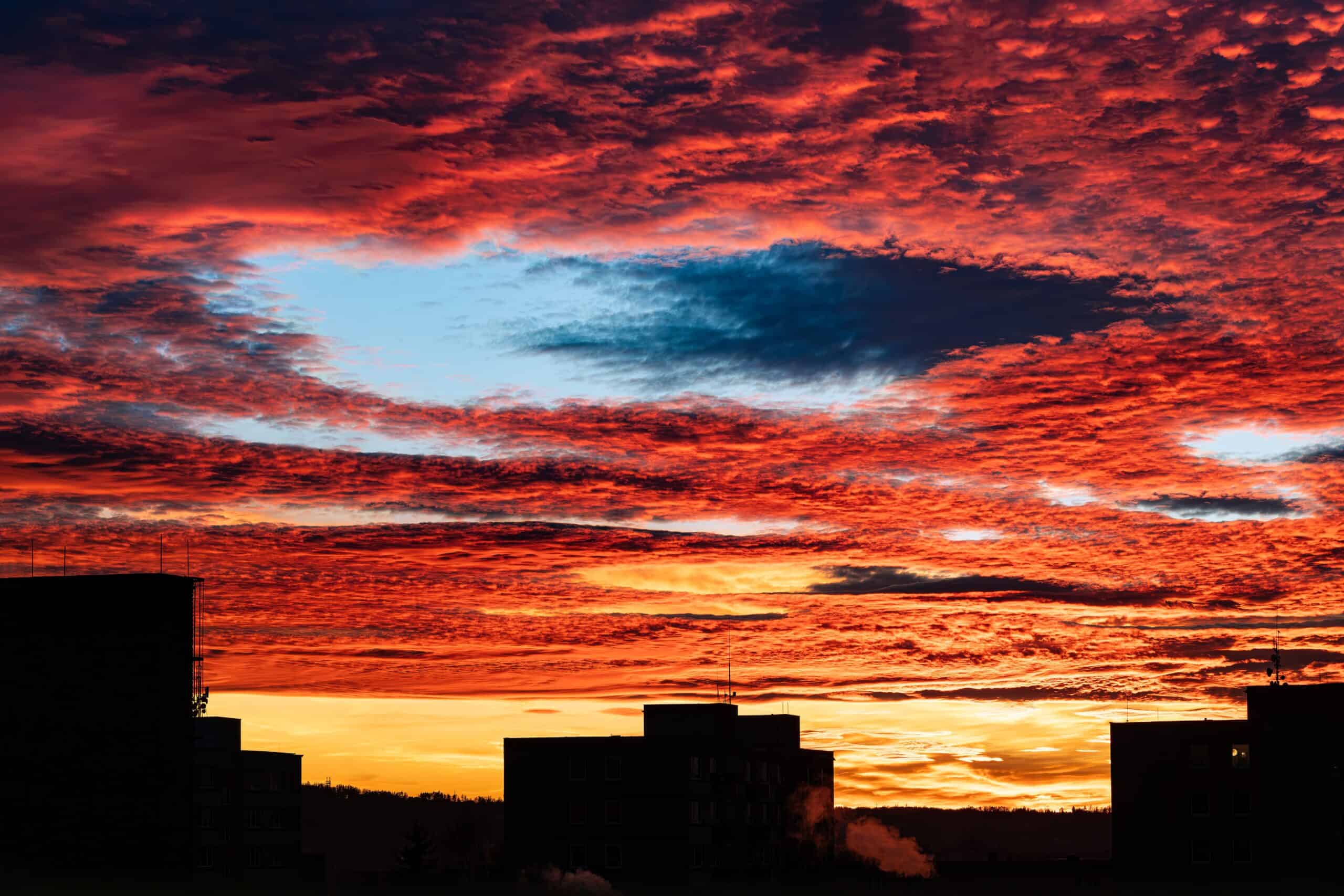
These intriguing cloud formations, also called hole punch clouds, occur when supercooled water droplets freeze instantly and create a void in the cloud layer. Their circular or elliptical shapes and halo-like borders make them a captivating sight in the sky.
This article originally appeared on Rarest.org
More from Rarest.org
1965 Lincoln Penny Value Guide
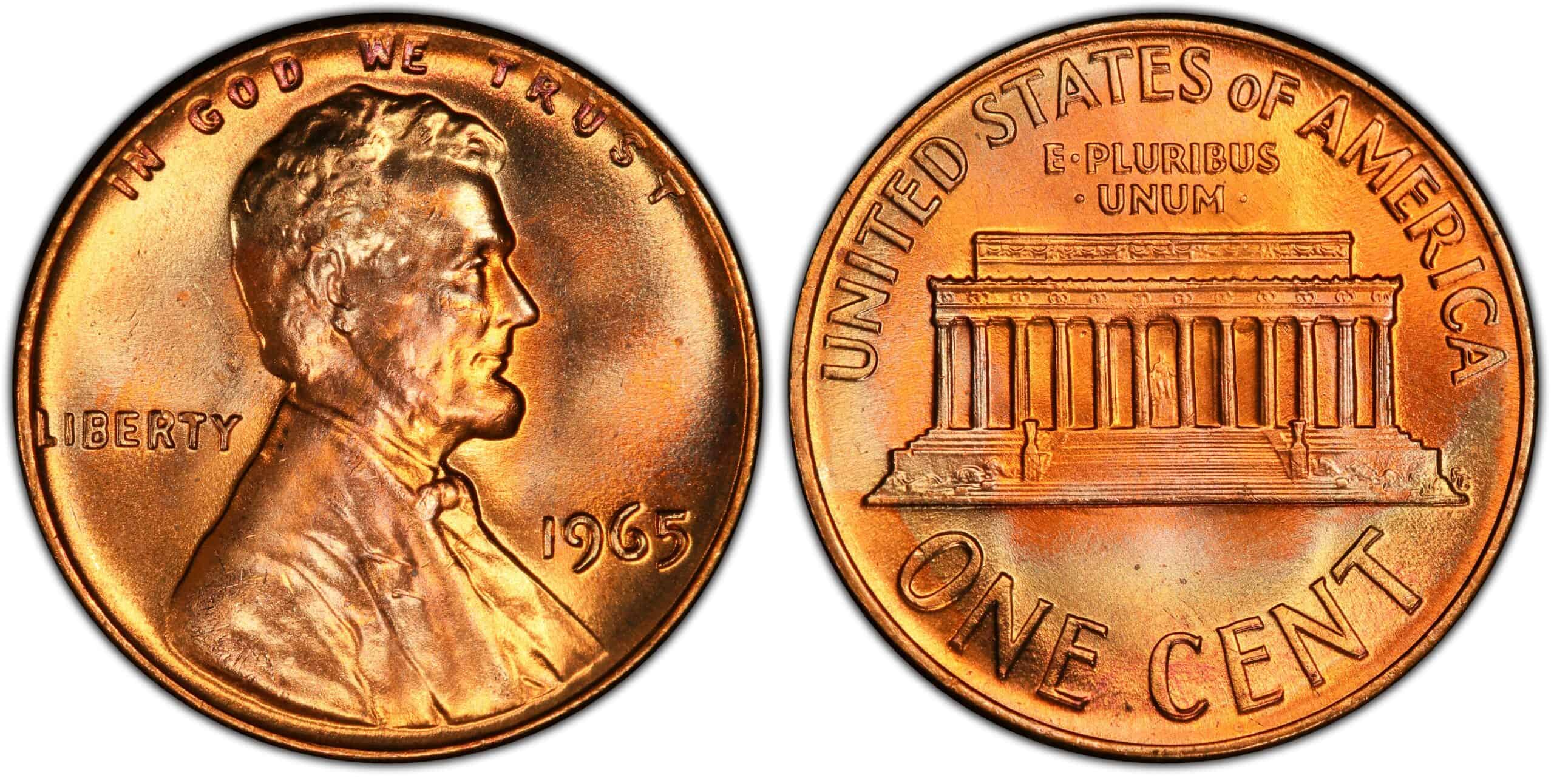
The 1965 Lincoln penny was exclusively produced in the Philadelphia Mint. Since this was the first year that the silver content of US coins was removed, there were a few adjustments that the US Mint needed to make. Read More
1960 Lincoln Penny Value Guide
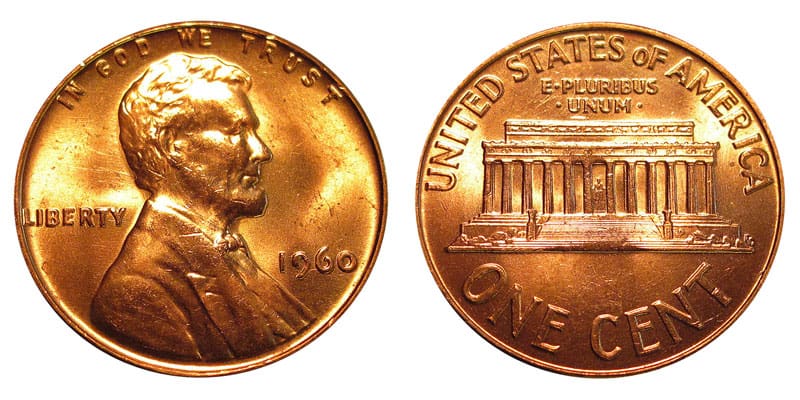
The 1960 penny is a 1-cent coin produced by the US Mint in 1960. As a 60-plus-year-old coin, the 1960 penny is quite popular among collectors. Read More
10 Rarest Crystals in the World
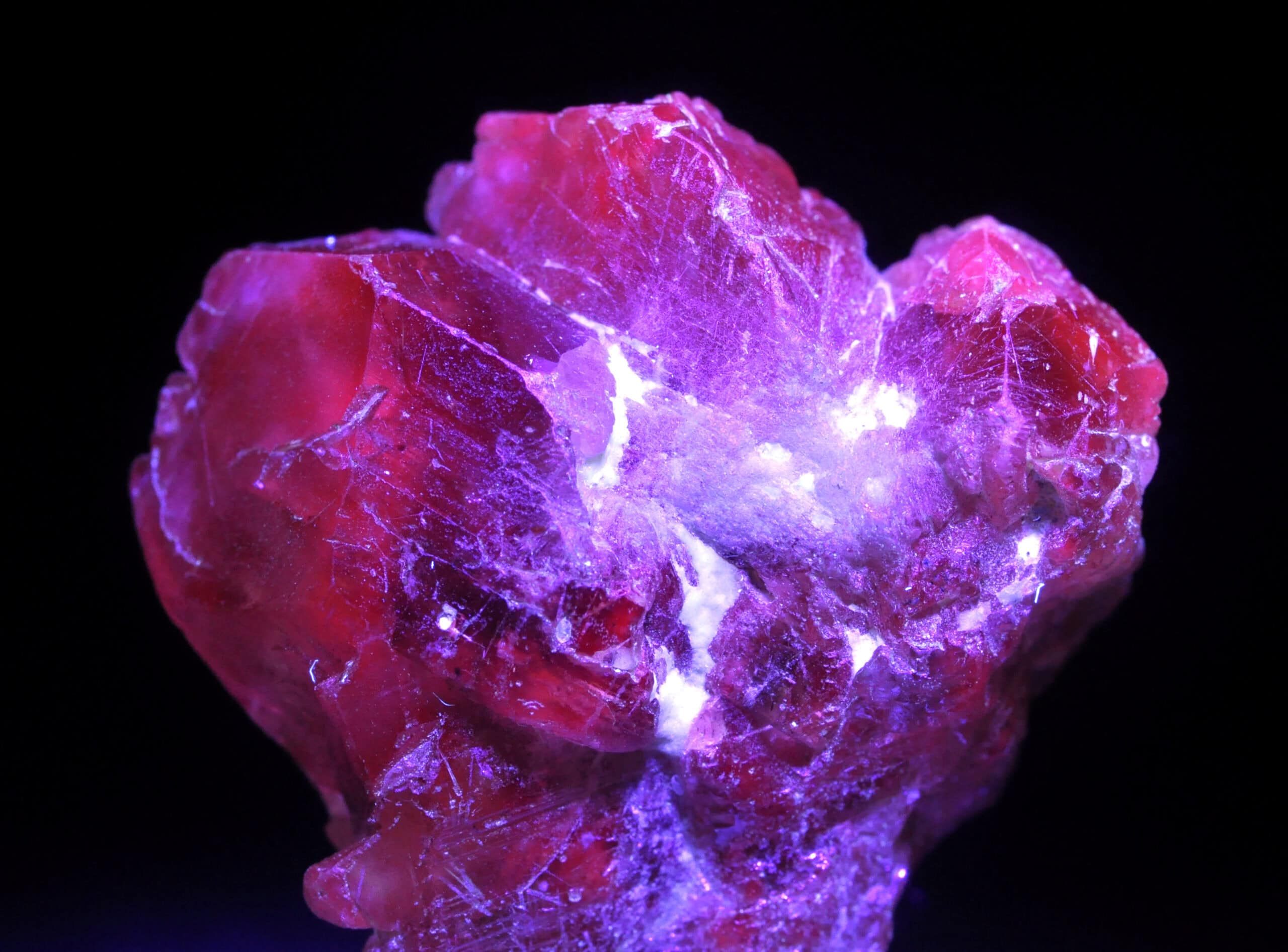
Crystals are some of the most widely collected items in the world because of their beauty. In recent years, crystal collecting has also increased in popularity because of the rise of alternative medicine. Read More
